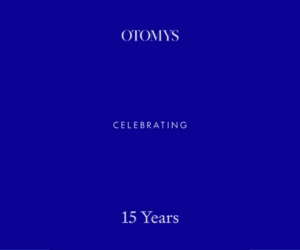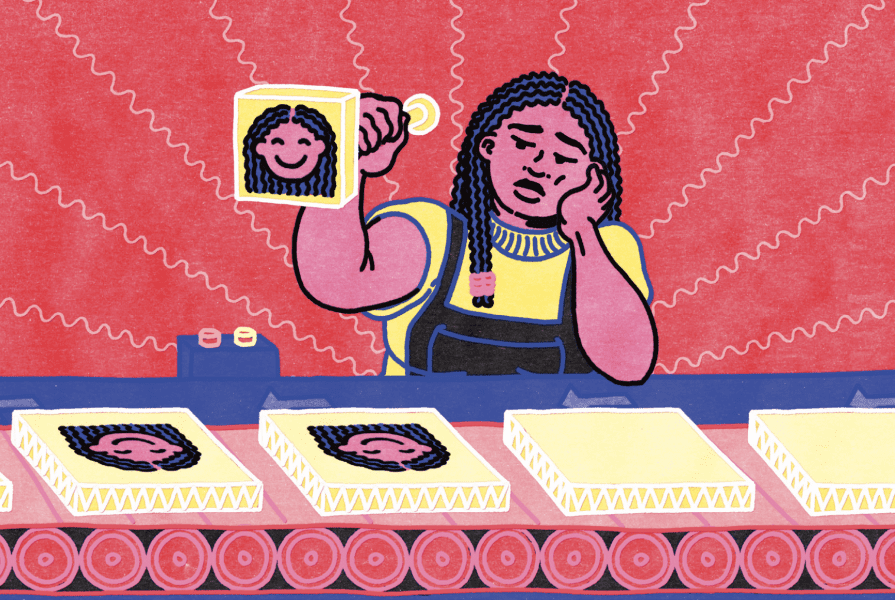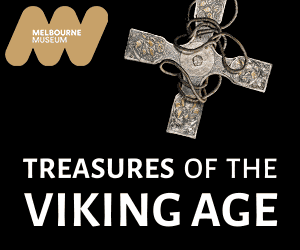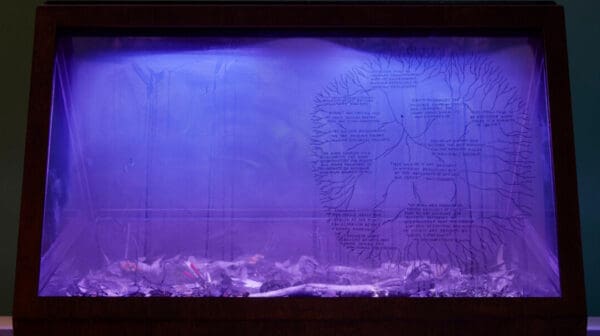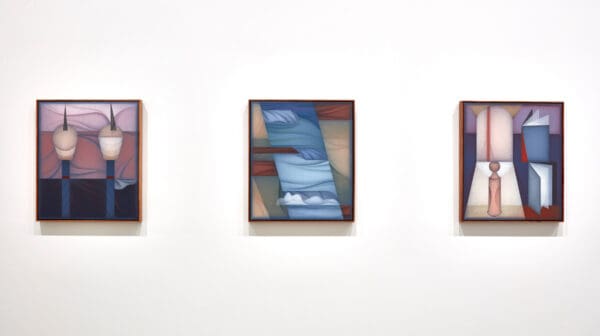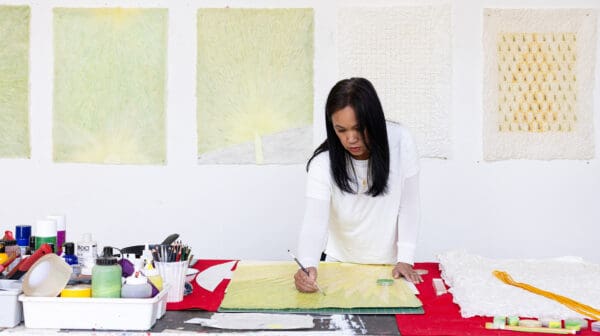In 1966, two years after he started The Factory, Andy Warhol took out an ad in New York’s The Village Voice newspaper. The text was both cryptic and pointed. “I’ll endorse with my name any of the following; clothing AC-DC, cigarettes, small tapes, sound equipment, ROCK N’ ROLL RECORDS, anything, film, and film equipment, Food, Helium, Whips, MONEY!!” it famously read.
Warhol signed off with love and kisses. He also included his real phone number. Over the course of his career, he released a cologne called You’re In. He asked a German television station to pay him $600 for each minute he appeared on camera. He also anticipated a culture that would turn the self into a commodity six decades later.
When Warhol re-imagined art as business, he showed us that self-presentation could be a kind of performance. He also shaped generations of artists who would understand the ways in which cultivating an image could be a marketable and monetisable asset. How adopting a “personal brand” could corroborate— and grow—the value of your work.
Think about Tracey Emin, who titled her first solo show My Major Retrospective, lending art that was unashamedly feminine and intimate a macho swagger; Adam Cullen, whose public dysfunction validated the destructive mythos of his paintings; or Richard Prince, who styled himself as a punk outlaw in the 1980s, while making his name appropriating images by other people.
The term ‘personal brand’ was first conceived in ‘The Brand Called You’, a Fast Company article written by Tom Peters. “We are all CEOs of our own companies: Me Inc,” he writes without a note of irony. “To be in business today, our most important job is to be head marketer for the brand called You.”
To free yourself of the corporation, the logic goes, you have to be your own corporation. For artists, the personal brand promised a sense of creative autonomy. It could make your work legible, quantifiable, desirable to collectors and institutions. If you were marginalised, you could circumvent art’s gatekeepers, connect with viewers who needed you. Aspire to an international career? Upload a Venice Biennale opening to your Instagram stories. Make work about feminist politics? Retweet the Guerrilla Girls. What could be simpler than that?
‘The Brand Called You’ was published in 1997, but its advice eerily predicted the way the Global Financial Crisis would give rise to a neoliberal economy, contingent on precarious labour. In Australia, conservative governments have long threatened the viability of creative livelihoods. Globally speaking, the ability to cobble together a living has grown even more piecemeal. An April 2020 survey by the USA-based organisation Artist Relief discovered that 95 percent of American artists lost earnings during the pandemic; and in Australia, researchers from the Grattan Institute found that 75 percent of those in the arts and recreation industry could be unemployed in the same month.
Peters’s article also pre-empted the way that technology would spark an ‘always-on’ culture and social media would accelerate the Warholian instinct. Except that now, building a personal brand or broadcasting an image to an audience feels less like an exercise in artistic agency and more like the logical response to a world without safety nets—a malaptive behaviour that stems from a lack of choice itself.
In theory, a strong personal brand allows you to create your own opportunities, reach an infinite sea of followers. But, in doing so, it can replicate unconscious bias, rewarding artists who already enjoy visibility and capital. A December 2019 report by the National Institute of Standards and Technology found that many facial recognition algorithms falsely identified East Asian and African-American faces 10 to 100 times more than participants who were white.
People evolve. Brands are often hamstrung by their own image. Art is mysterious, ineffable; products are fixed entities. When artists are pressured to imagine themselves as brands, they also risk conflating meaning and data, reducing their work entirely to its market value. Of course, art can be a commodity—but that doesn’t mean it is a commodity. Making art, I’ve always believed, calls for a sense of risk, experimentation and failure.
“I don’t know what a personal brand is other than an unreliable, unchanging pattern of snap judgments,” writes the artist Jenny Odell in 2019’s How to Do Nothing. “‘I like this, or I don’t like this’ with little room for ambiguity and contradiction.”
This cultural moment, as the critic Alicia Kennedy put it in a May 2021 essay published on Substack, can also drive creative workers to not just do the work but be the work. Describing humans in the language of the market can make it easier to legitimise abuses of power, the litany of overwork and unpaid labour that’s a hallmark of so many careers in the arts.
As an idea, equating the sum of our identity to our artistic output is also inherently ableist. What about artists with disabilities and those who also care for their children? Or those who, for whatever reason, can’t work at the pace dictated by the algorithms we live with?
My favourite portrait of Warhol isn’t the slick black-and-red screen print, in which he gazes at the viewer, unblinking. It’s not the famous Self- Portrait with Fright Wig, the 1986 polaroid that’s become the face of his public image. It’s a 1970 painting by the artist Alice Neel, that could only be described as off-brand. In the work, Warhol’s eyes are closed. His upper body is exposed. He is fragile, open to scrutiny. No artifice, just flesh.
The personal brand, I think, is so seductive because it promises us protection, insurance, a way to master forces we can’t control. But when I think about this portrait, I remember that the messy business of being human can’t be branded or flattened.
It has to be accepted for what it is, vulnerability and all.


